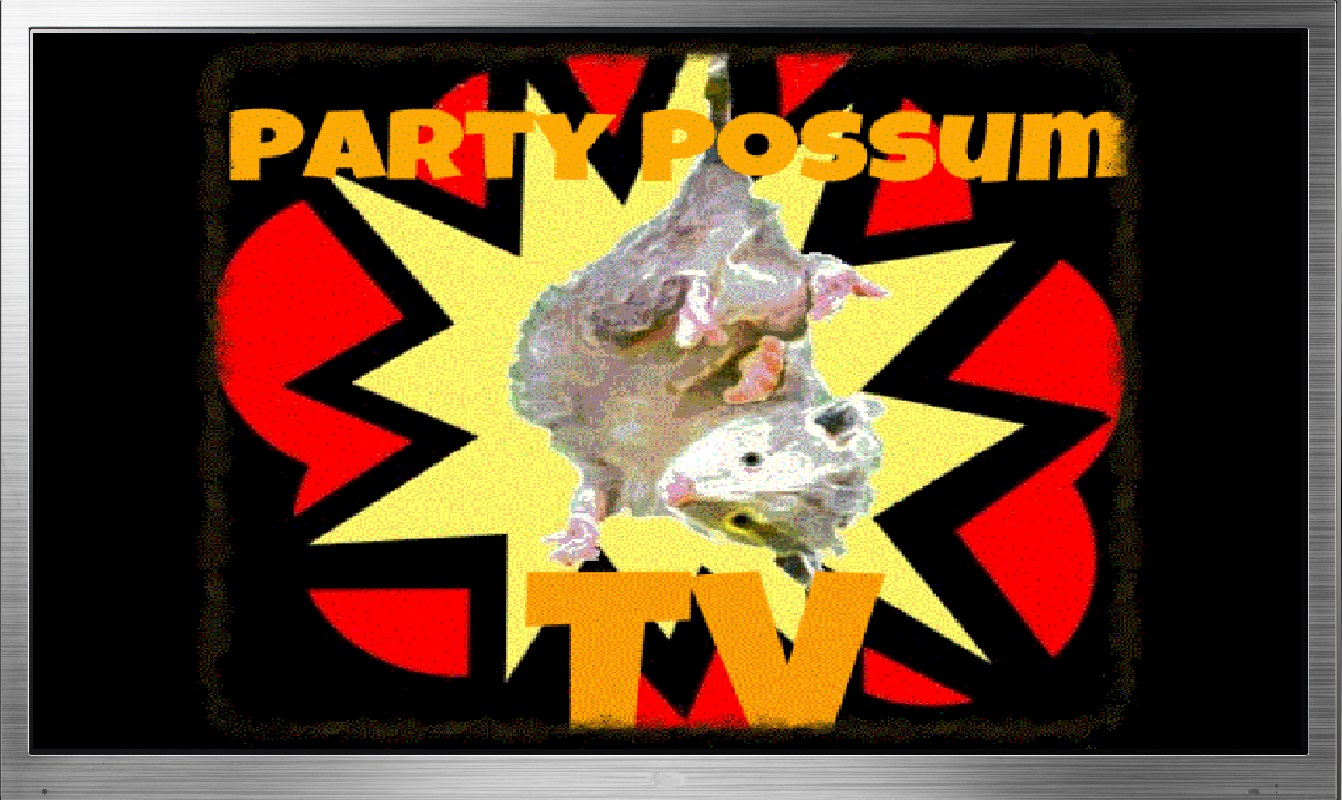Solstice
A Solstice is an astronomical event that occurs twice each year as the Sun reaches its highest or lowest point relative to the celestial equator on the celestial sphere. The term solstice comes from the Latin words 'sol' (sun) and 'sistere' (to stand still).
Some believe that different seasons are a result of the change in distance from the Earth to the Sun. It is actually due to a 23-degree tilt of the Earth's axis that in which the Sun appears above the horizon for different lengths of time that cause the different seasons. The tilt determines whether the Sun's rays strike at a low angle or a more direct angle. On the solstice, the Sun has reached its highest or lowest height in the sky above the horizon at local solar noon. The seasonal movement of the Sun's path (as seen from Earth) comes to a stop on the solstice before reversing direction.
The event occurs in the Summer (known as the Summer Solstice, Aestival Solstice or Mid-Summer Solstice) and the winter (known as the Winter Solstice, Hibernal Solstice, or the Mid-Winter Solstice). The summer solstice is the time of the year when the sun stops its northern climb, holds briefly, and starts turning back toward the equator. The Summer Solstice is the longest day of the year. On June 21st and June 22nd, The Northern hemisphere will have their most hours of daylight but the Southern Hemisphere will have their fewest. Starting around March 21st, there are more hours of daylight then darkness in the Northern Hemisphere, and the opposite in the Southern. Starting around September 24th, there are more hours of darkness than daylight in the Northern Hemisphere, and the opposite in the Southern. After June 21st, the days will gradually grow shorter until December 20th (the winter solstice) in the Northern Hemisphere. In the Southern Hemisphere the days will get longer after June 21st until December 20th (the Summer Solstice in the Southern Hemisphere).
The Summer Solstice in the Northern Hemisphere, and the Winter Solstice in the Southern Hemisphere are also known as the Northern Solstice or the June Solstice. The Summer Solstice in the Southern Hemisphere, and the Winter Solstice in the Northern Hemisphere are also known as the Southern Solstice, or the December Solstice. To avoid confusion, the terms June Solstice and December Solstice will be used.
The June Solstice is observed at...
June 21st at 05:04 in 2013
June 21st at 10:51 in 2014
June 21st at 16:38 in 2015
June 20th at 22:34 in 2016
June 21st at 04:24 in 2017
June 21st at 10:07 in 2018
June 21st at 15:54 in 2019
June 20th at 03:50 in 2020
The December Solstice is observed at..
December 21st at 17:11 in 2013
December 21st at 23:03 in 2014
December 22nd at 04:48 in 2015
December 21st at 10:44 in 2016
December 21st at 16:28 in 2017
December 21st at 22:23 in 2018
December 22nd at 04:19 in 2019
December 21st at 10:02 in 2020
The December Solstice is almost always on either December 21st or December 22nd. Although, the December Solstice will be on December 20th in 2080 and on December 23rd in 2303.
Many celebrations are set near and have roots in the Solstices.
June Solstice Celebrations
The Start of Summer this is the day of the year with the longest hours of
daylight in the northern hemisphere and the shortest in the southern
hemisphere a.k.a. Finally Summer Day in the Northern Hemisphere
In the United Kingdom, Midsummer Day is held on June 24th
In Christianity, St. John's Eve and St. John Day, also known as the Feast Day of St John the Baptist, is on June 23rd to June 24th.
In Paganism, Kupala Night celebration relates to the summer solstice when nights are the shortest and includes a number of fascinating Pagan rituals. The celebration precedes Christianity.
Among NeoPagans, Litha is observed on the Midsummer
Ivan Kupala Day Is a combination day celebrating the observances of Kupala and Ivan (John) the Baptist. It celebrated in Ukraine, Belarus, Poland, and Russia
Among the Aymara natives in South America, the celebration of the New Year on the northern Solstice, the Machupeche celebrate their new year (We Tripantu) a few days later on June 24th.
The largest Ancient ritual that is currently held in celebration of the June Solstice is at Stonehenge, Scotland. On the solstice, the massive stones align perfectly with the rising sun. The New Age Druids worship nature and the life and power that it provides. They perform rituals, feast, and dance until the sun rises to welcome the new season.
Inti Raymi, a winter solstice festival and a New Year in the Andes of the Southern Hemisphere (Sacsayhuamán)
We Tripantu, a winter solstice festival in the southern hemisphere. (Mapuche in southern Chile)
December Solstice Celebrations
Many Pagan religions celebrate this as Midwinter, the most celebrated cog in the Wheel of the year.
In Christianity, Christmas is held on December 25th and was placed as such to allow adaptations of pre-Christian festivals concerning the winter solstice.
In Mithraism and Zoroastrianism, Yalda, also known as Shab-e-Yalda, is the night of the birth of Mithra, Persian angel of light and truth. At the morning of the longest night of the year the Mithra was born. Celebrations are held on December 20th or December 21st.
In Rome, Saturnalia is a festival of light proceeding the winter solstice, with candles symbolizing the quest for knowledge and truth. Often servants were treated by their master's to a meal on this day.
Among Slavs, Korochun was celebrated by pagan Slavs on the longest night of the year and the night of the winter solstice. The holiday was observed with ancestor worship.
In Judaism, Hanukkah (Chanukah) is observed for eight nights and days, starting on the 25th day of Kislev according to the Hebrew calendar, which may occur at any time from late November to late December in the Gregorian calendar.
Among African-Americans in The United States and Among the Western African Diaspora, Kwanzaa was a celebration that has its roots in the black nationalist movement of the 1960s, and was established as a means to help African Americans reconnect with their African cultural and historical heritage by uniting in meditation and study of African traditions and Nguzu Saba, the "seven principles of African Heritage" which Karenga said "is a communitarian African philosophy".
Yule was a midwinter festival celebrated by the Germanic peoples that lasted 12 days, beginning on the date of the winter solstice. or in the Urglaawe faith, begins at sundown on December 20th and ends at sundown on January 1st. It is observed directly on the Winter Solstice among Wiccans. The celebration also has noted observations in Norse, Gothic, Anglo-Saxon, and Celtic peoples.
Equinoxes and Cross-Quarter Day
The days when the amount of daylight and darkness are equal (around March 21st and September 24th) are known as the Equinoxes CLICK HERE for more information, on which many other holidays are observed.
In addition to the solstices and equinoxes there are also Cross-Quarter days which fall approximately halfway between a solstice and an equinox. And each one has a minor holiday attached to it. The first Cross-Quarter Day, around February 1st (August 1st in the Southern hemisphere), is Imbolic. The Second, around May 1st (November 1st in the Southern hemisphere), is Beltane. The Third, around August 1st (February 1st in the Southern hemisphere), is Lammas and Lughnasadh, The Fourth, around November 1st (May 1st in the Southern hemisphere), is Samhain.
These festivals are opposite (6 months apart) in the calendar between the Northern and Southern hemispheres because the seasons are opposite. However, some celebrations that have been established in the northern hemisphere and are rooted in the cross-quarter festivals are celebrated at the same time of year around the earth. In the Northern Hemisphere, Groundhog Day (February 2nd) has roots in Imbolic, May Day (May 1st) has roots in Beltane, August Eve (July 31st) has roots in Lammas. All Saint's Day, and Halloween (October 31st) have roots in Samhain.



